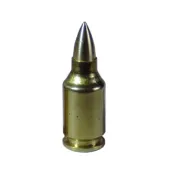.22 TCMvs224 BOZ
Head to Head Comparison



0%
Critic Rating
0 Reviews
Critic Rating
2 Reviews

0%
User Rating
0 Reviews
User Rating
2 Reviews

0%
Critic Rating
0 Reviews
Critic Rating
2 Reviews

0%
User Rating
0 Reviews
User Rating
2 Reviews
Gun Specifications
Specification
.22 TCM
224 BOZ
.22 TCM Best Deals
224 BOZ Best Deals
Suggested Comparisons
vs
vs
vs
vs
vs
vs
vs
vs
vs